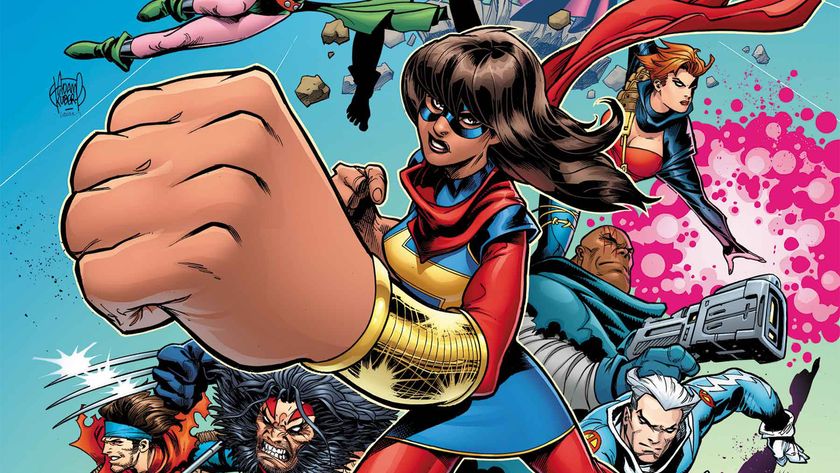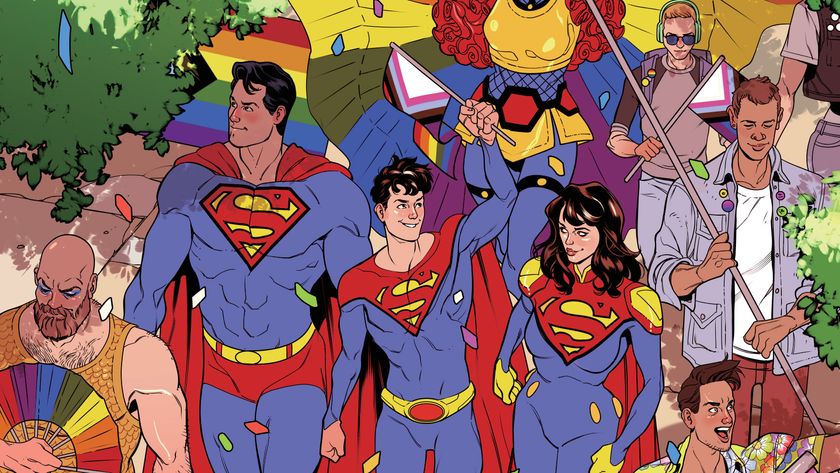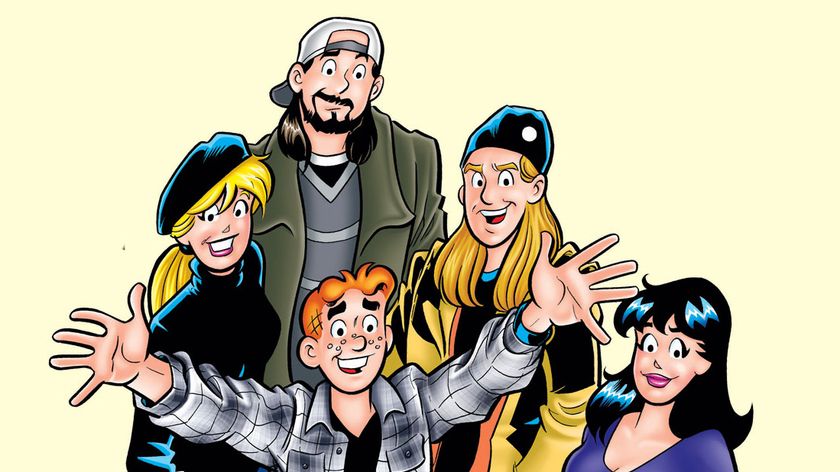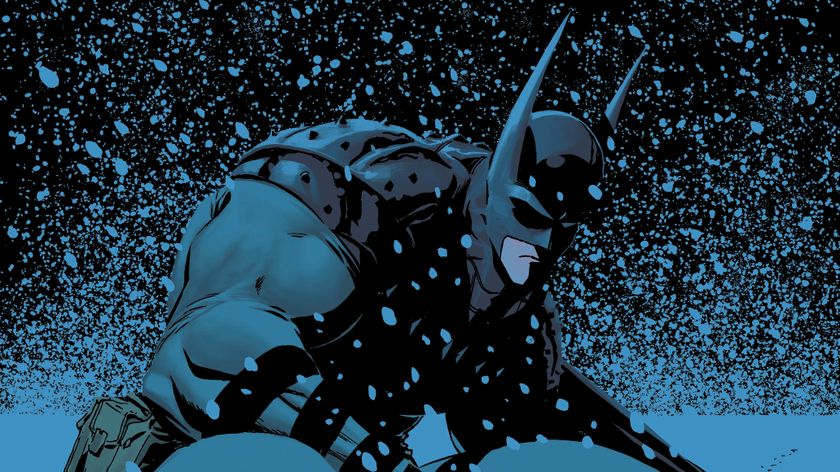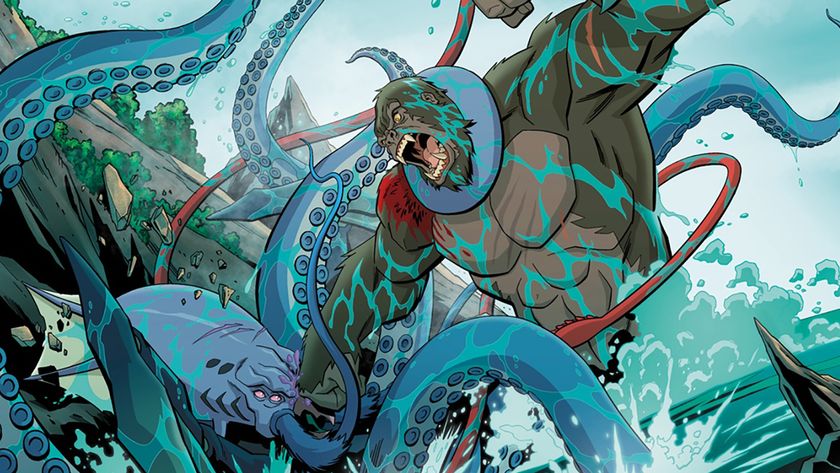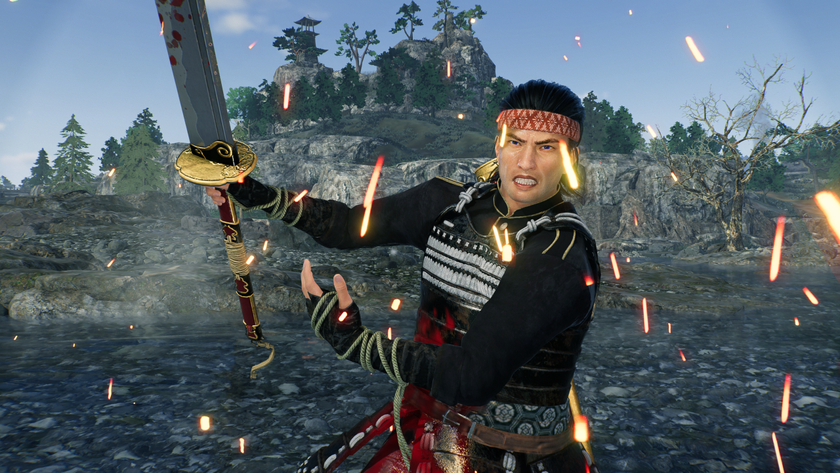Best Shots advance review - Assassin's Creed: Blade of Shao Jun manga takes franchise to 16th Century China
This Assassin's Creed Blade manga tells the story of two women separated by centuries
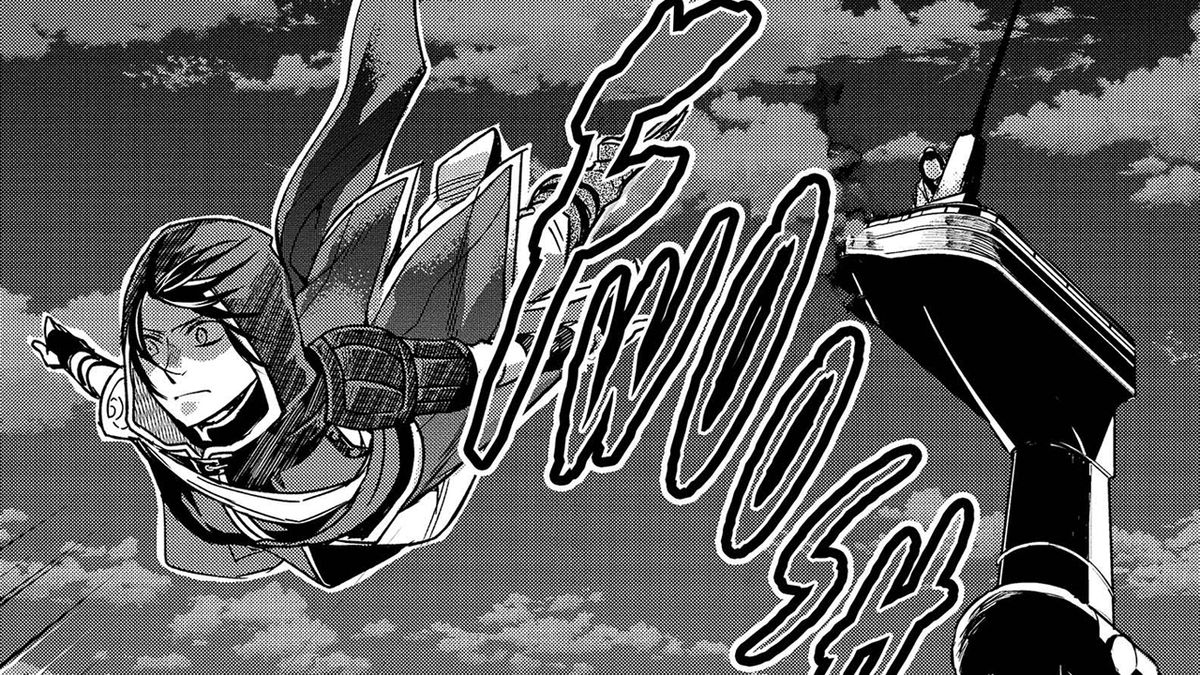
In the near future, a woman named Lisa dreams of an ancient Chinese warrior. She has a bit of a violent streak and the induced dreaming is part of her therapy to work past her issues. Dr. Kagami explains to Lisa that the warrior she's seeing in her dreams is one of her ancestors and part of an assassin guild. The warrior Shao Jun's memories are buried deep in Lisa's subconscious and that Shao Jun's need for revenge must be linked to Lisa's problems. Minoji Kurata's Assassin's Creed: Blade of Shao Jun Volume 1 tells the dual stories of Lisa and Shao Jun, two women separated by centuries who contain secrets both in the past and in the stories' present day.
Written by Minoji Kurata
Art by Minoji Kurata
Published by Viz Media
'Rama Rating: 7 out of 10
Most of the book concentrates on Shao Jun's story, sprinkling in little interstitials of Lisa's dreams and hinting at Dr. Kagami's sinister motivations. As Shao Jun returns from Europe to 16th Century China, seeking revenge and to re-establish the Assassin Brotherhood, Kurata builds up the character of Shao Jun through conflict.
Her story consists of jumping from one conflict to another to another, with just enough exposition in between them to begin shaping the world of the assassins. It's actually Dr. Kagami, in explaining the Brotherhood and the Templar Order to Lisa, who provides the most big-picture exposition of this story, framing the battle lines with a tinge of propaganda thrown into her explanations of these two warring factions.
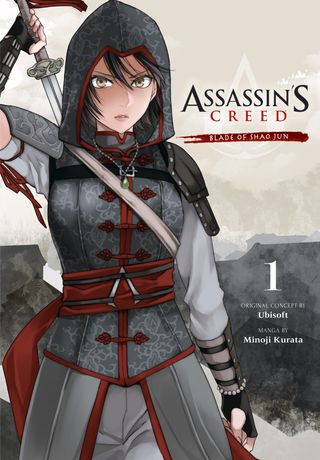
It's easy to get caught up in Shao Jun's adventures. Kurata's artwork moves briskly through Jun's quest, showing the skill, speed, and ruthlessness of the assassin. Kurata frames the action to be character-centric, giving her the space to define Jun as a character capable of both cruelty and compassion by the ways that she moves through the pages and the expressiveness of her eyes. Shao Jun is the center of this story and you can see through Kurata's choices of how she reveals Jun's character through the way that she draws her.
This first volume would be so much stronger if it was just Shao Jun's story in ancient China. Trying to weave in a more modern-day connection to the past, Kurata is stuck with less interesting or developed characters. There's a story to Lisa but she doesn't get to show us who she is like Shao Jun is allowed to. Most of the time, Lisa is dreaming or waking up, not the most unique actions or even ones that require her to make choices. What we learn about Lisa comes just mostly what she or Dr. Kagami say about Lisa and has nothing to do with any of Lisa's own agency or motivations. And Dr. Kagami in this first volume is a standard villain, describing the Templar Order as the heroes of the past and Shao Jun and her brotherhood as the villains.
There is a story here that should unfold in future volumes about how the past connects with the future but these future sequences bring the story to a stop as they try to be mysterious and foreboding but end up being just diversions from the real fun stuff of the book.

Assassin's Creed: Blade of Shao Jun Volume 1 preview






The characters of Lisa and Dr. Kagami are emblematic of another problem that this book has - it takes shortcuts in the story, trying to add color to this world but just creating MacGuffins that exist to move the story forward but don't have any actual bearing on the story.
Comic deals, prizes and latest news
Get the best comic news, insights, opinions, analysis and more!
The main object of this story is a box that Shao Jun was given in Florence but told not to open until she's exhausted every other possibility. The box is everything to her and her enemies but to us, it means nothing. It's a device to spur on Jun's quest after she loses it but there's no value in the box other than what we're told by Kurata and her characters.
It's the same way as she introduces the idea of eight bosses who stand between Jun and the box but then Kurata yadda yaddas three of the bosses away. It's just a weird way that Kurata says that there are eight bosses in the Templar Order and then brushes off three of them like they never existed in the first place.
While it becomes a bit frustrating to follow these diversions that are attempts at myth-building, Kurata always brings the story back to Shao Jun and her fight against the forces of the Templar Order. As the heart and soul of the book, Jun's journeys and struggles provide a strong foundation for Kurata's story. It's easy enough to gloss over all of the narrative add-ons that Kurata throws into the book and just concentrate on Shao Jun.
"Nothing is true. Everything is permitted," may be a creed for assassins to live by but a storyteller should only permit the things that add to the story, that build it, to be part of that story. Kurata gets preoccupied with some bright, shiny plot elements but luckily she manages to find her way back to Shao Jun and her story.
Which Assassin's Creed is your favorite? Here's our list of the best Assassin's Creed games, ranked.
Scott is a regular contributor for Panel Patter, GamesRadar, and Newsarama, covering comic books since 2002. He specialises in comic book reviews, and also runs the blog I Lost It At the Comic Shop.
